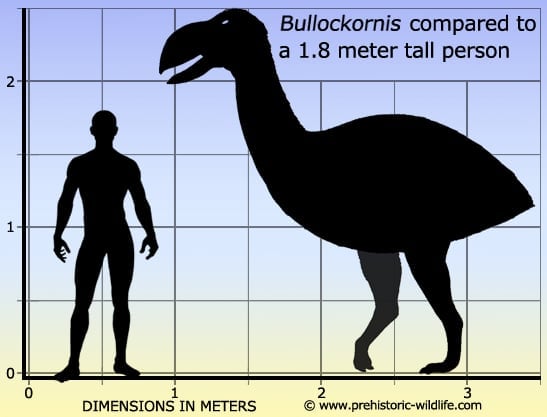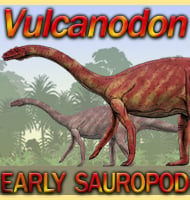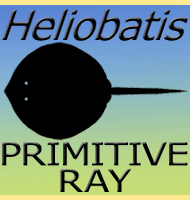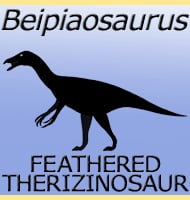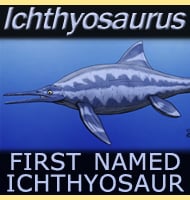In Depth
Although the name actually means ‘ox bird’, Bullockornis is better known in popular culture as the ‘Demon duck of doom’. This is in part because Bullockornis is thought to be more closely related to ducks and geese than any other group of birds. Although Bullockornis was without doubt a large bird, it was not named for being the size of an ox but instead for being discovered in Bullock Creek.
Bullockornis is thought to have been a carnivore, an idea that is based upon the sharp beak that could have easily sliced through flesh. No one is certain what kind of animals Bullockornis preferred, but its large size meant that only the largest of animals could avoid being off the menu. Conversely however the group that Bullockornis belongs too, the Dromornithidae, all have sharp shearing beaks, but may have actually used these beaks for cropping vegetation. Another depiction of the group is that they may have been opportunistic omnivores that had no preference for either meat or plants.
Bullockornis is a good example of the Australian megafauna of the Miocene period, but it was not the only large bird from Australia with Dromornis and Genyornis also being quite well known.
Further Reading
– The Dromornithidae, an extinct family of large ground birds endemic to Australia – Bureau of National Resources, Geology and Geophysics Bulletin 184: 1–196. – Patricia Vickers-Rich – 1979.
